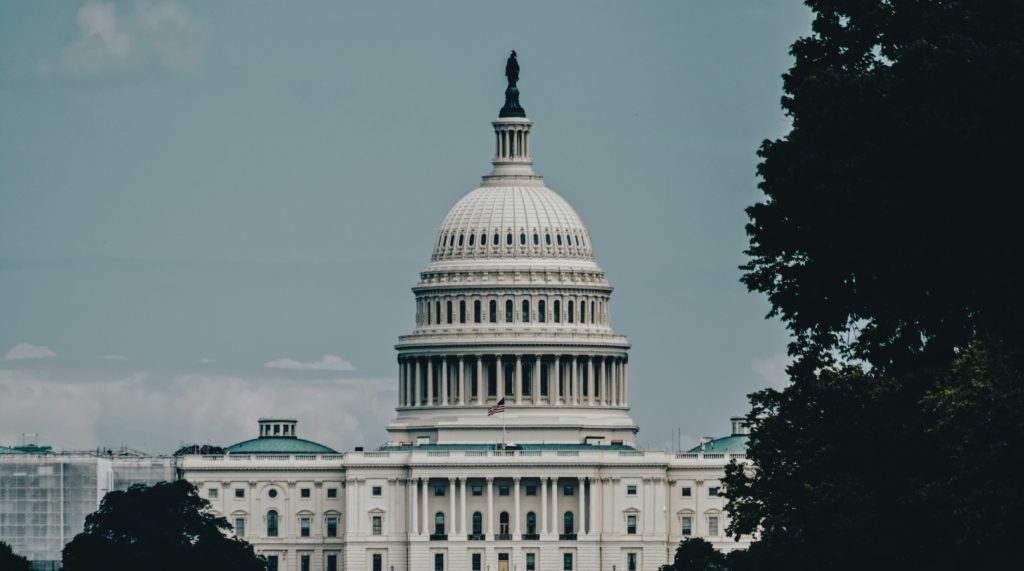A week after the UN COP26 summit, President Biden signed a $1 trillion infrastructure bill that will allocate $50 billion towards helping communities with the after-effects of climate change and climate-related disasters. These would be events such as hurricanes, droughts, wildfires, heatwaves, floods, and other such weather-related occurrences. According to the World Meteorologist Organization (WMO), climate-related disasters have increased by five-fold in the last 50 years.
This new bill will increase funding for the Federal Emergency Management Agency and help communities rebuild and prepare for the future. However, is focusing on reactive action really the best initiative when nearly a third of Americans experienced a weather-related disaster this past summer? Even as a reactive measure, the bill does not allocate enough when investment scientists estimate that the U.S. will have to spend tens to hundreds of billions of dollars to combat climate disasters. Last year, the NOAA said that climate disasters cost $95 billion in damages and expect that number to be even higher by the end of this year. That’s near twice the amount that the bill has set aside.
The new infrastructure bill sets aside $65 billion for clean energy, $7.5 billion for charging stations for EV vehicles across the states, $55 billion to clean up water and make it more accessible, and $21 billion to clean up unused oil sites and gas wells. Critics are also hoping that this infrastructure bill will set up the Build Back Better Act, which aims to allocate $555 billion to various programs, including cutting emissions in half over the next decade and fight climate change. The act will be voted on in the House of Representatives this following week.
The United States must begin to work on preventative actions against climate change and not just react. Climate disasters affect people’s real lives, can displace thousands, and can clearly cost billions of dollars when the correct measures are not set in place. It’s not enough to build back communities and work on prevention measures. Systems that will keep people and their homes safe from disasters are needed now. If we can pass the Build Back Better Act through Congress without any major cuts, this will be a step in the right direction.
The Build Back Better act aims to mitigate climate change through clean energy investments both in residential and industrial settings, build out the Civilian Climate Corps program and invest in the restoration of the natural ecosystems in the United States. We are still missing decisions on oil and coal use and investment in the United States and by American-based brands. This must be the next challenge we tackle if we want to make a lasting change. What would you like to see added to these legislations?
Get more like this—Sign up for our daily inspirational newsletter for exclusive content!
___
Photo: Jose Fontano on Unsplash





